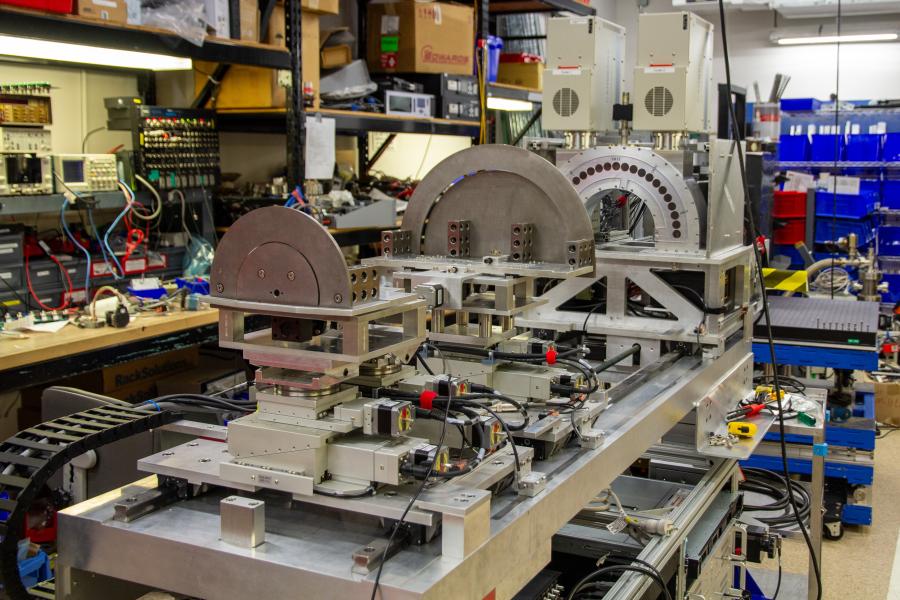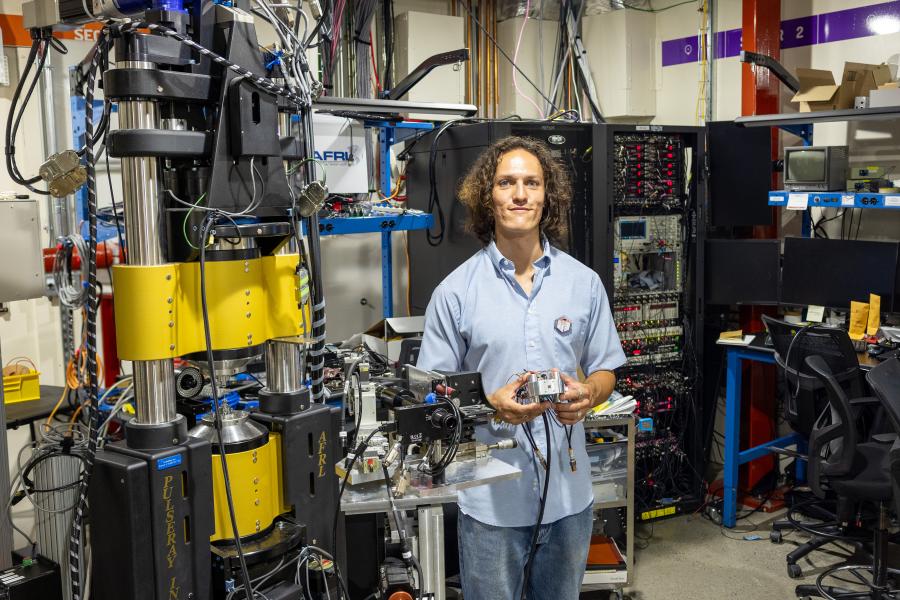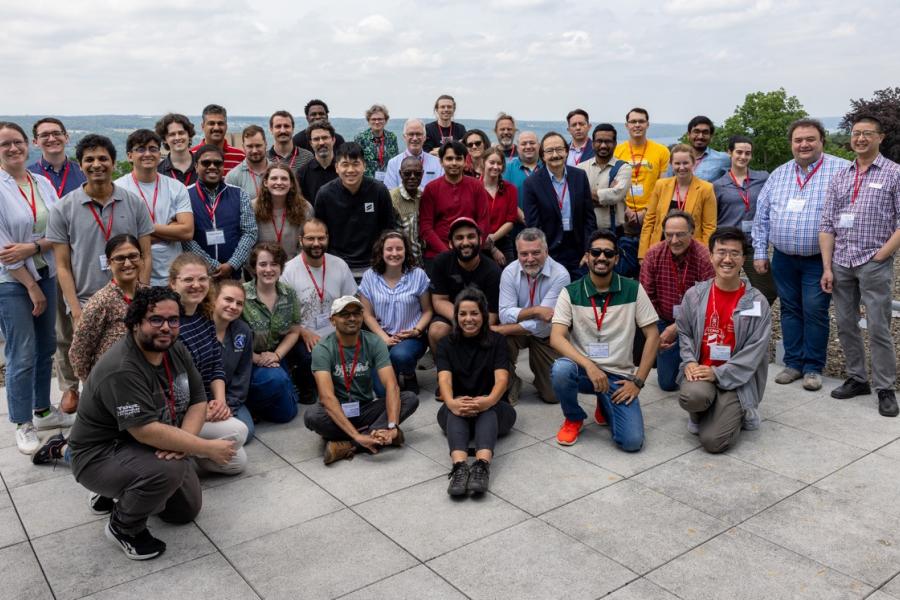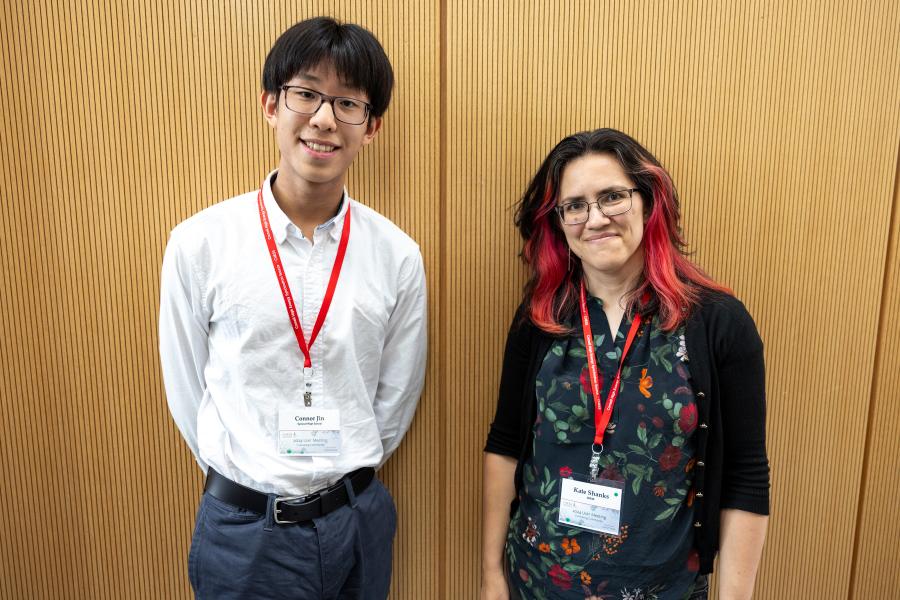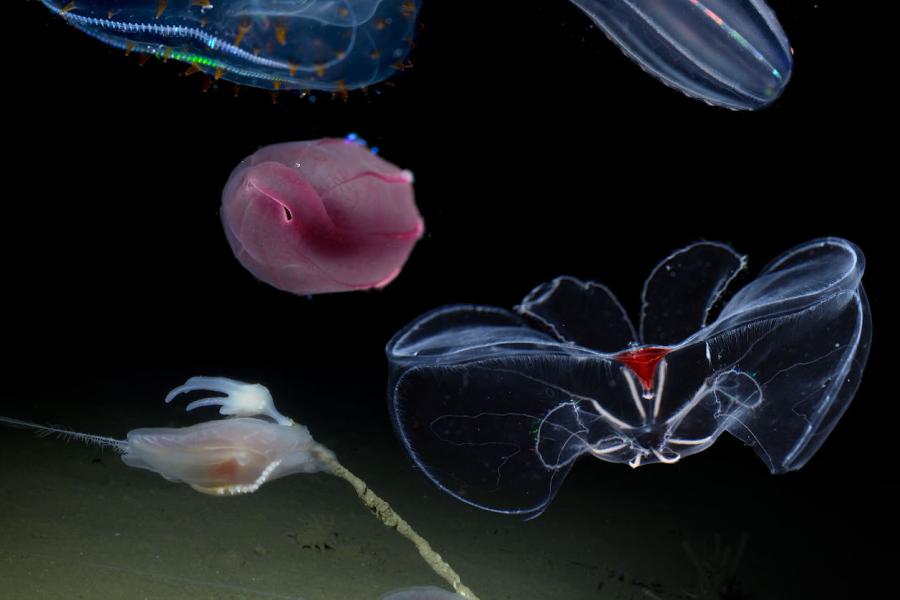Sidebar Menu (View Pages)
- Status
- ⌃ Science
- ⌃ Users
- ⌃ Facilities
- ⌃ Public
- Industry
- ⌃ About
Tags
Featured
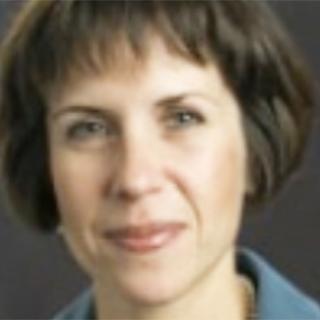
Three receive annual Schwartz awards for life sciences
An immunologist, a molecular biologist and a plant scientist have each received awards from the Schwartz Research Fund for Women in Life Sciences, endowed by Joan Poyner Schwartz ’65 and Ronald H. Schwartz ’65.
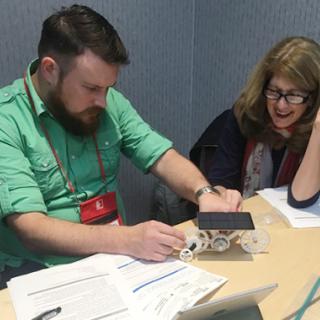
Engineering mini solar-powered bikes with teachers
In the summer of 2015, two female undergraduate students decided to bike across country from San Francisco to New York City.
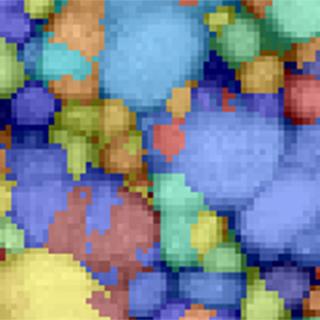
Probes for studying the deformation of structural materials at the F2 station
The F2 station at CHESS currently supports several high-energy (40+ keV) X-ray diffraction techniques for probing the crystalline microstructure of structural engineering materials and the loads (stresses) applied to these crystals comprising the microstructure during in-situ thermomechanical testing.
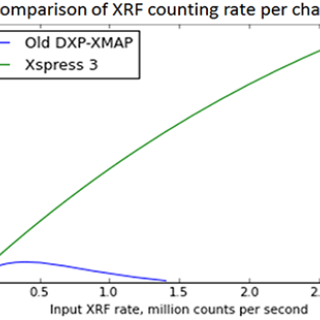
Taking full advantage of the latest powerful instruments for x-ray fluorescence detection
Xspress 3, X-ray fluorescence (XRF) readout electronics made by Quantum Detectors, is one of the latest powerful instruments for high flux XRF detection used at synchrotron beamlines.
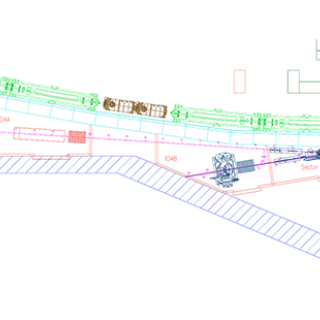
The CHESS-U project: the beamline conceptual review process
The CHESS-U project has two major branches: 1) CESR will be upgraded to circulate only a single beam while also creating space for six new undulator X-ray sources, and 2) that forces CHESS to decommission six old experimental stations and build six new modern, more capable stations.
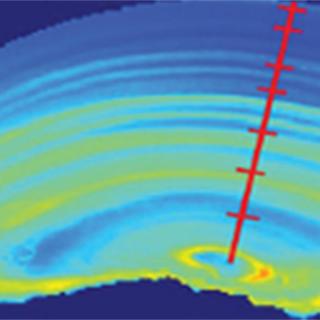
Otolith x-ray fluorescence: An effective way to study Amazon fish migration and life history
There is great need to study the life history of commercial fishes in the Amazon and other large South American basins, as there are dozens of exploited taxa with widely varying life histories that are poorly understood.
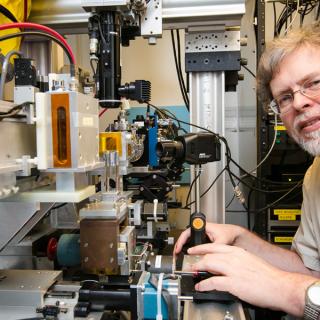
CHESS facility helps scale up solar cells
Scientists and engineers are constantly working to improve the performance of solar cells. Rather than changing their formulas by trial and error, they would like to understand the chemistry that happens as their recipes cook.
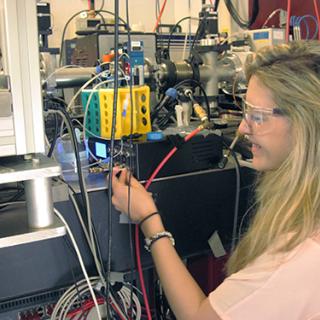
Concentrating on concentrators: Students design and test novel microfluidic ultrafiltration system for biological samples at the beamline
Biological solution scattering experiments are often the culmination of months, or even years of preparation.

